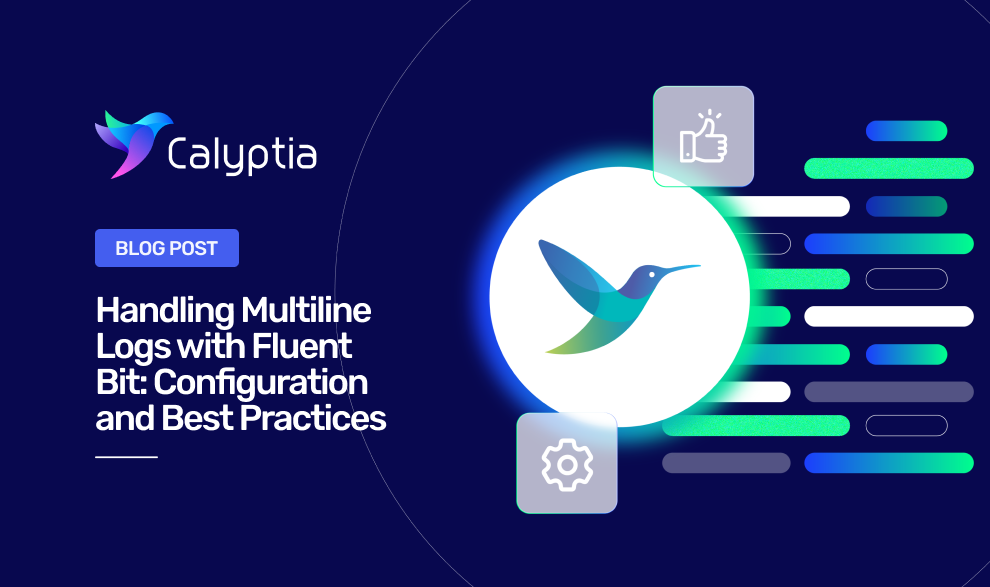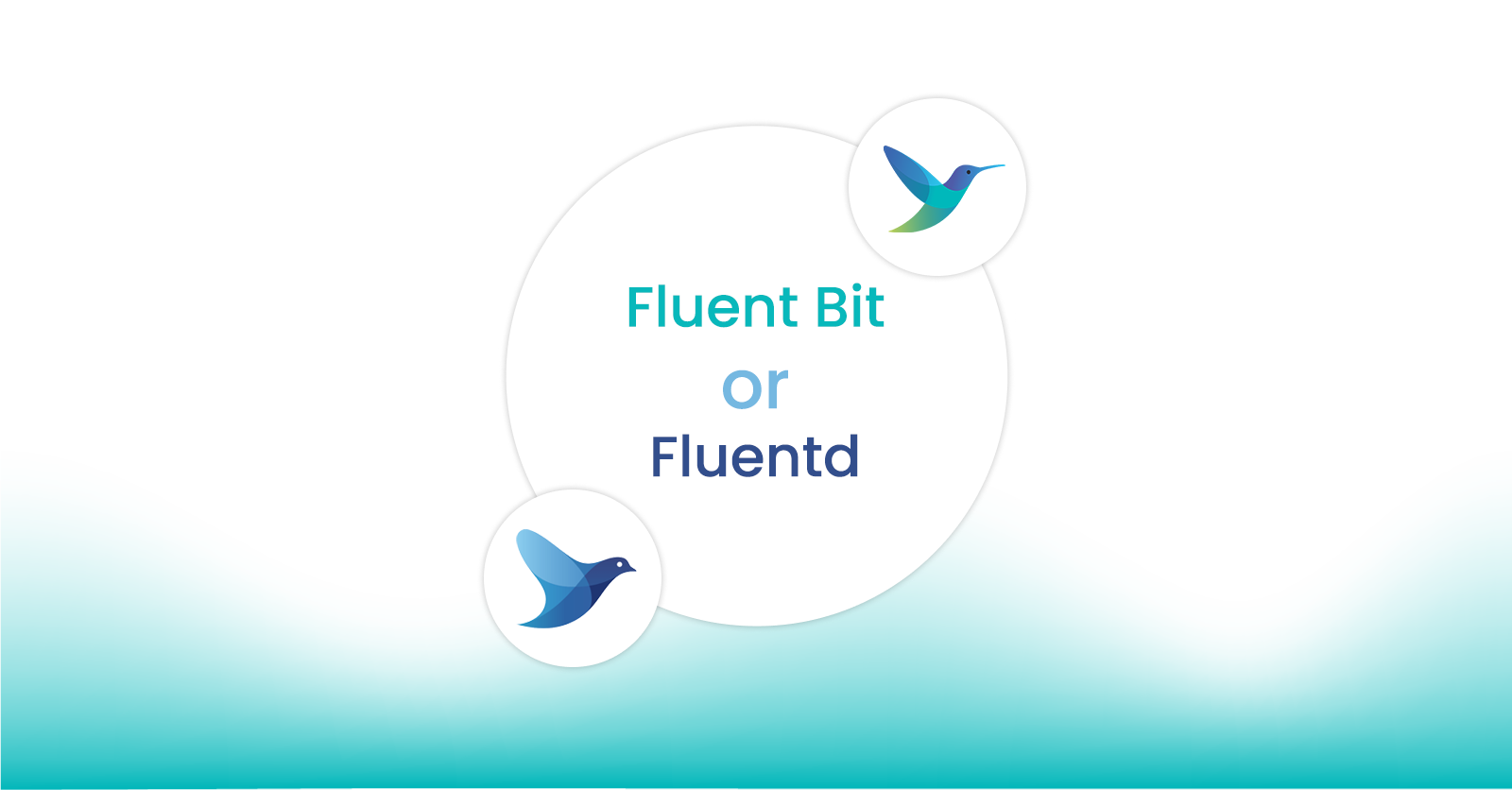
Handling Multiline Logs with Fluent Bit: Configuration and Best Practices
Handling Multiline Logs with Fluent Bit: Configuration and Best Practices
While it would be ideal for applications to log their messages in a single line, in reality, they often generate multiple log messages related to the same context. This complicates processing the file, especially in cases like application stack traces where multiline logs are common.
Without proper handling, multiline logs can be difficult to read and interpret. Unfortunately, many log processors do not handle multiline logs very well.
How does Fluent Bit resolve problems with sending multiline logs?
Fluent Bit addresses this problem by providing a built-in multiline parser and a configurable multiline parser that can handle a variety of log formats. By using a multiline parser, Fluent Bit can group related log lines into a single event, making it easier to read and analyze.
In addition to multiline parsing, Fluent Bit also provides filtering capabilities that can be used to remove irrelevant logs and enrich logs with additional information. For example, you can filter logs based on their severity level, remove sensitive information, or add additional fields to provide context.
Fluent Bit Multiline Parsing
The multiline parser engine provides two ways to utilize it.
Built-in multiline parser
Configurable Multiline parser.
Built-in Multiline Parsing Built-in parsers such as Java, Python, and Go are readily available in Fluent Bit without the need for additional configuration. They are designed to handle specific cases of multiline parsing.
Example Configuration
[INPUT]
Name tail
Path test.log
multiline.parser javaMultiline Parsers
In addition to the aforementioned built-in parsers, it is possible to create custom Multiline parsers with specific rules through configuration files. To define a Multiline parser, a unique name and a type, along with other associated properties, must be specified in the [MULTILINE_PARSER].
Prior knowledge of the conditions in the content that determine the start and continuation of subsequent lines in a multiline message is necessary to To determine the required Multiline parser type for a given use case, and you must know what content indicates the start and continuation of subsequent lines in a multiline message. Fluent Bit offers a regex-based configuration that supports states and can handle simple to complex cases.
Example Configuration
fluent-bit.conf
[SERVICE]
flush 1
log_level info
parsers_file parsers_multiline.conf
[INPUT]
name tail
path test.log
read_from_head true
multiline.parser multiline-regex-testparser.conf
[MULTILINE_PARSER]
name multiline-regex-test
type regex
flush_timeout 1000
# Regex rules for multiline parsing
# ---------------------------------
#
# configuration hints:
#
# - first state always has the name: start_state
# - every field in the rule must be inside double quotes
#
# rules | state name | regex pattern | next state name
# --------|----------------|--------------------------------------------------
rule "start_state" "\d+\s\[.*\]" "cont"
rule "cont" "^\s+at.*" "cont"How to get structured data?
To get structured data from log messages using Fluent Bit, you need to define a parser plugin that can match the log messages and extract the desired data. The parser plugin uses regular expressions to match log messages and named capture groups to extract structured data.
Example Configuration
[INPUT]
Name tail
Path /var/log/myapp.log
Tag myapp.log
[PARSER]
Name myapp
Format regex
Regex ^(?<timestamp>\d{4}-\d{2}-\d{2} \d{2}:\d{2}:\d{2})\s+(?<severity>[A-Z]+)\s+(?<message>.+)$
[FILTER]
Name parser
Match myapp.log
Key_Name message
Parser myapp
[OUTPUT]
Name stdout
Match myapp.logConclusion
In conclusion, configuring Fluent Bit to parse log messages correctly is crucial for ensuring accurate and complete log data is sent to the destination. By properly handling multiline log messages, Fluent Bit can avoid treating each line as a separate log entry and instead extract the desired structured data.
Fluent Bit is a powerful tool and easy to configure manually, however, it becomes difficult to manage as your infrastructure scales. Since it’s maintained by the community, it’s regularly updated which can be a challenge if you’re operating at scale and have to manually perform upgrades and patches.
You can boost your enterprise observability with Calyptia for Fluent Bit which is a long-term service solution that provides support for 1 year along with managing upgrades and patches. It also provides you with direct customer support and SLA to ensure a reliable monitoring infrastructure.
You might also like

Statement on CVE-2024-4323 and its fix
We'd like to make sure you’re aware of a security vulnerability (known as CVE-2024-4323) that impacts Fluent Bit versions 2.0.7 through 3.0.3. The latest version of Fluent Bit, version 3.0.4, fixes this issue.
